Electric vehicle adoption has been on the rise and the latest study shows that once someone buys and EV it’s highly unlikely they’ll go back to internal combustion power. According to the Global EV Drivers Alliance, 92% of current EV owners will buy another one for their next vehicle.
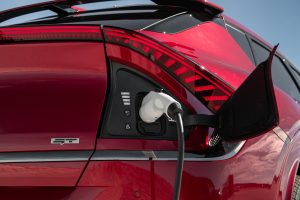
According to a new study, 92% of EV owners around the globe plan to purchase another one in the future.
To be clear, this is a study of 23,000 EV drivers in 18 countries, not just the U.S. In many of those countries the issues Americans cite for their hesitation about EV ownership are not as problematic. However, the primary motivator for buying an EV remains the same regardless of where you live: lower operating costs.
“This should serve as an eye-opener for policymakers worldwide,” said Ellen Hiep, board member of the Dutch Electric Vehicle Drivers Association.
“While a vibrant electric vehicle market is crucial for reducing climate emissions from road transport, achieving this goal hinges on making EVs an even more affordable option for all.”
What else is there?

A dearth of high-speed charging stations is one of the reasons American’s aren’t as excited about EVs as the rest of the world.
If more than 90% plan to buy another EV, what are the remaining 8% going to purchase. The weighted results show that only 1% indicate they will return to a petrol or diesel car, and 4% would opt for a plug-in hybrid (PHEV) if they had to replace their car tomorrow.
“This is a remarkably high number and the results confirm that drivers love the EV experience and EVs are here to stay,” said Joel Levin, chair of GEVA and Director of Plug In America.
Americans are different
The GEVA study results underscore just how different U.S. drivers and EV owners are from their counterparts around the rest of the world. A McKinsey & Co. study released in June show that 40% of U.S. EV buyers want to go back to their internal combustion-powered vehicles.
The reasons are the ones most are used to hearing about: the problematic charging infrastructure, the cost differential, and range anxiety. In the U.S., according to the U.S. Department of Energy, there are more than 68,000 public charging stations with nearly 185,000 individual charging ports available.
Plus, the number is on the rise $5 billion in federal government subsidies available to build out the network further in the U.S., it takes time and money to get that done. Plus, the 68,000 stations contain a small number of the Level 2 DC fast chargers that can get owners in and out in less than 30 minutes.
And while 4% of those in the GEVA study said a hybrid would be next, the McKinsey study showed that 38% of gas- or diesel-powered vehicles would buy a plug-in hybrid or EV for their next vehicle.
More EV Stories
- First Drive: Chevrolet Equinox EV
- Jeep Promises $25,000 EV “Very Soon”
- Ford Slashes Prices Again on Mustang Mach-E
Some commonality
The study revealed that environmental benefits of EVs emerged as the second most important motivation. And what was the biggest negative? Not surprisingly, charging networks. The group noted that charging infrastructure is “quite good” in many countries and the network is expanding.
In the U.S. that isn’t the case and is currently the biggest limiting factor when it comes to EV ownership. Americans want to be able to drive their electric vehicles the same way they do their gas- and diesel-powered cars, trucks and SUVs and right now that’s difficult.
And while charging networks are more robust in Europe and other regions, even those areas are still a work in progress. When being asked about the disadvantages of driving an EV, the results indicate that the most significant drawbacks are the limited availability of fast chargers, the time-consuming nature of charging, and the frequent downtime of fast charging stations.
“This demonstrates that EV drivers are similar to consumers in general — they desire convenience and a hassle-free experience. Even though the majority of EV drivers charge at home most of the time, developing consumer-friendly charging solutions is crucial for the growth of the EV mass market,” said Christian Peter, Director of EMC ElektroMobilitätsClub of Austria.

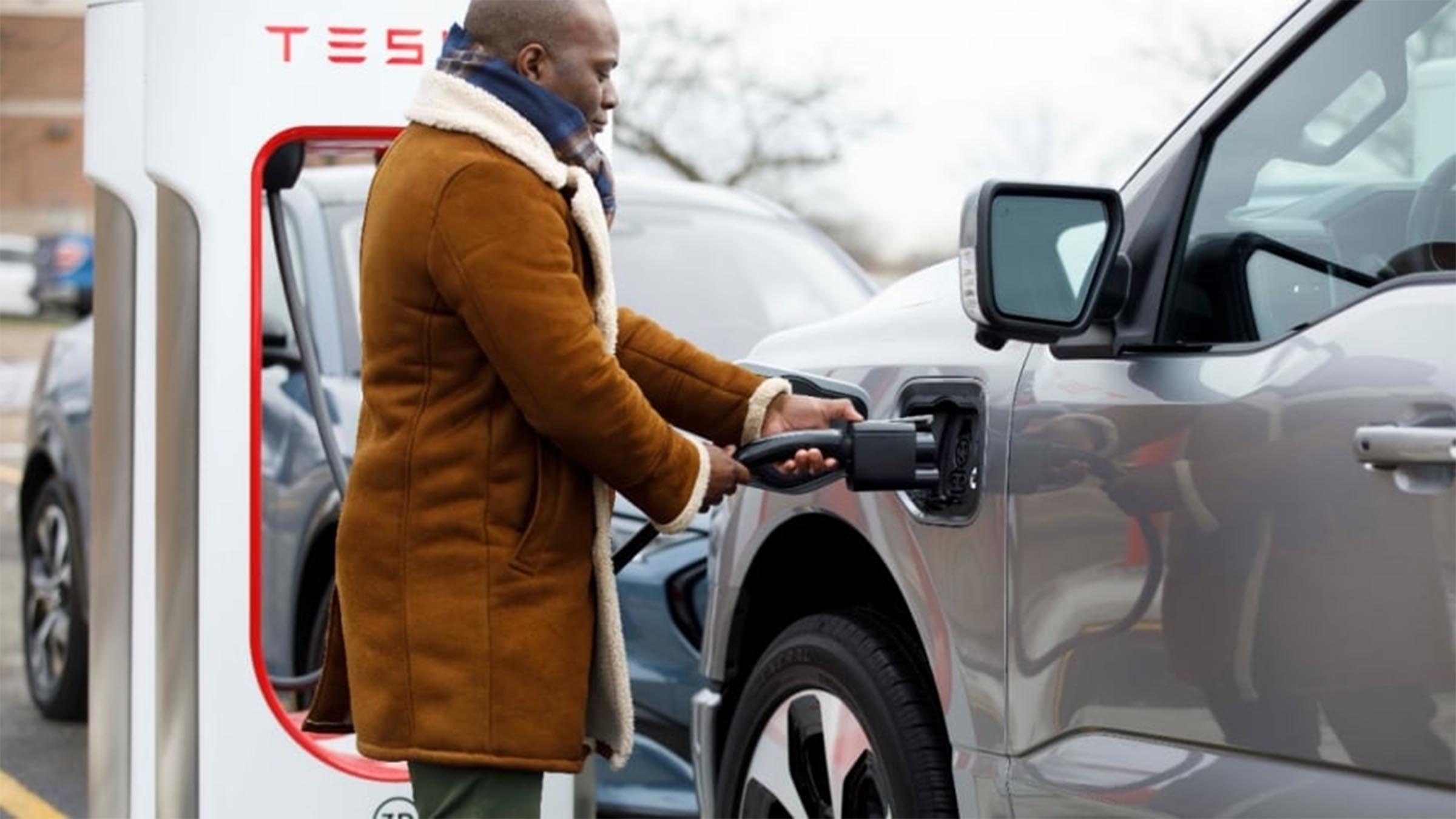
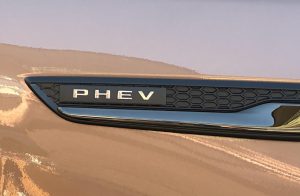
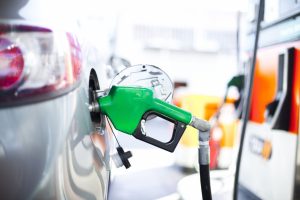
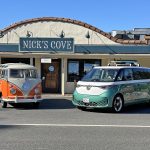


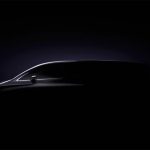

0 Comments